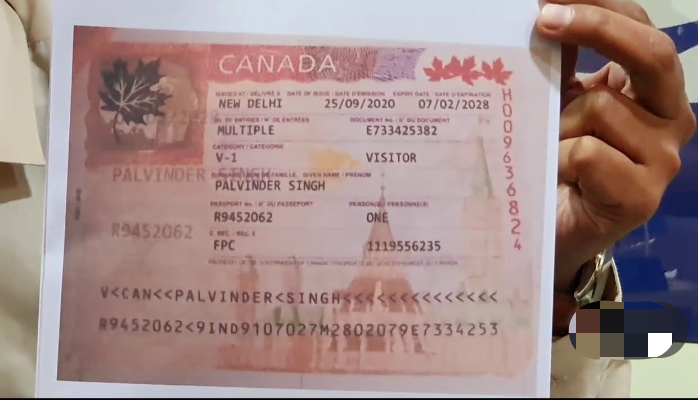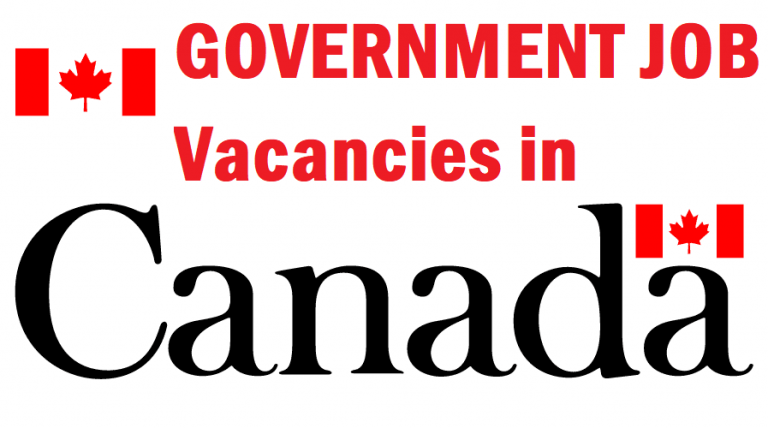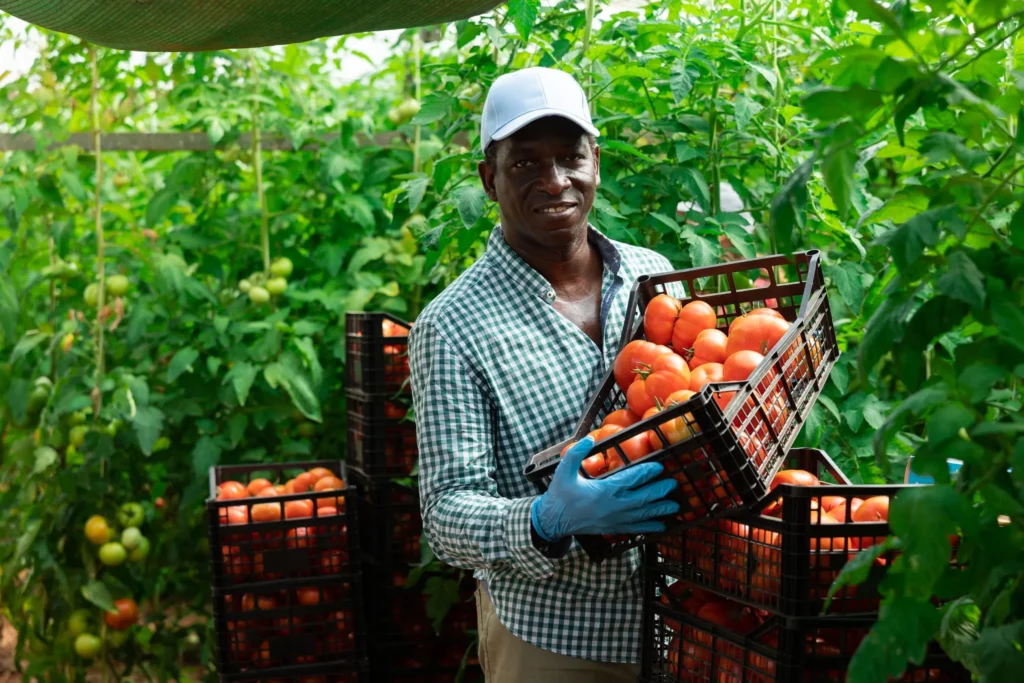Canada is one of the most desirable countries for immigration, offering a high standard of living, excellent healthcare, and numerous opportunities. One of the legal ways to move to Canada is through marriage or spousal sponsorship. If you’re planning to reunite with your spouse or marry a Canadian citizen or permanent resident, this article will guide you through seven effective ways to secure a Canada Marriage Visa.
1. Understand the Spousal Sponsorship Program
The Spousal Sponsorship Program is a cornerstone of Canada’s family reunification initiative, designed to allow Canadian citizens and permanent residents to sponsor their spouse, common-law partner, or conjugal partner for permanent residency. This pathway offers a streamlined process but requires careful adherence to its requirements to ensure approval.
What Does the Program Entail?
The primary aim of this program is to ensure families can live together in Canada. To achieve this, the Canadian government has simplified the process, but it also places a significant emphasis on verifying the authenticity of relationships to prevent fraud.
As a sponsor, you must demonstrate your ability to financially support your spouse or partner during the application process and for some time after their arrival. This is to ensure that the sponsored individual does not rely on government social assistance. Evidence of a genuine relationship, such as shared financial responsibilities, joint leases, or photos of significant life events, is a key requirement.
By understanding the nuances of the spousal sponsorship program, applicants can avoid common mistakes that often lead to delays or rejections.
2. Meet the Eligibility Criteria for Sponsorship
Eligibility is one of the most critical aspects of applying for a Canada Marriage Visa. Both the sponsor and the applicant must meet specific requirements to proceed with the application. Failing to fulfill these criteria is a leading cause of rejection, so it’s essential to understand them thoroughly.
Sponsor Eligibility:
To be eligible as a sponsor, you must:
- Be at least 18 years old.
- Be a Canadian citizen, permanent resident, or someone registered under the Canadian Indian Act.
- Not be in prison, bankrupt, or under a removal order.
- Not be receiving social assistance for reasons other than disability.
Additionally, sponsors living outside Canada must prove their intent to return to the country once the application is approved. This is especially important for Canadian citizens residing abroad.
Applicant Eligibility:
For the applicant, the focus is on proving a genuine relationship and ensuring compliance with Canada’s immigration rules. You must:
- Provide a valid marriage certificate or proof of a common-law relationship.
- Pass criminal background checks.
- Undergo a medical examination to confirm that you do not pose a public health risk.
Understanding these criteria not only improves your application’s chances but also helps you avoid costly reapplications.
3. Get Married or Prove Your Common-Law Relationship
When applying for a Canada Marriage Visa, demonstrating the authenticity of your relationship is pivotal. Canadian immigration authorities require detailed evidence to confirm that your marriage or common-law partnership is genuine and not entered into solely for immigration purposes.
Getting Married:
If you are married, you need to provide a legal marriage certificate issued by the relevant government authority. Marriages conducted abroad are generally recognized in Canada if they comply with the legal requirements of the country where they took place and do not violate Canadian laws.
Include photos from your wedding, invitations sent to friends and family, and other details that showcase your union.
Proving a Common-Law Relationship:
For common-law partners, the requirements are slightly different. You must demonstrate that you have lived together for at least 12 consecutive months. Documents such as joint leases, utility bills in both names, and shared financial accounts serve as strong evidence.
Immigration officers will scrutinize your relationship, so provide ample documentation to prove your commitment and cohabitation.
4. Prepare Your Application Thoroughly
A well-prepared application is the foundation of a successful spousal sponsorship process. Even minor errors or missing documents can result in significant delays or outright rejection, so thoroughness is key.
Gather Essential Documents:
Your application package should include all required forms, a marriage certificate or proof of common-law partnership, photos, communication records, and other evidence of your relationship. If you are submitting an outland application, ensure all documents are translated into English or French if they are in another language.
Avoid Common Mistakes:
Carelessness is a common pitfall. Double-check all dates, names, and details on your forms to ensure accuracy. Any inconsistencies can raise red flags, causing immigration officials to question the validity of your relationship.
Submit Evidence Strategically:
When submitting evidence of your relationship, focus on quality rather than quantity. Immigration officials prefer clear, relevant proof rather than an overwhelming number of irrelevant documents. Organize your files in a logical order to make the reviewing process easier.
A meticulously prepared application increases your chances of approval and helps you avoid unnecessary delays.
5. Avoid Red Flags in Your Application
Immigration officers are trained to spot red flags that may indicate a marriage of convenience or an attempt to bypass standard immigration rules. Understanding these pitfalls and proactively addressing them can make a significant difference in the success of your application.
Common Red Flags:
- Large Age Gaps: While age differences are common in genuine relationships, an unexplained age gap may raise suspicions. Include details about how you met and the dynamics of your relationship to address this.
- Short Engagement Periods: Marriages that occur shortly before the application is filed are often scrutinized more closely. Include evidence of a long-standing relationship prior to the marriage.
- Lack of Communication: Immigration authorities often request proof of communication, such as text messages, emails, or call logs. A lack of these records may cast doubt on your relationship.
How to Address Red Flags:
- Be transparent and provide context for any unusual circumstances. For example, if you had a short engagement, explain why and provide evidence of a genuine bond.
- Include affidavits from friends and family who can vouch for the authenticity of your relationship.
- Provide consistent, accurate details in all forms and supporting documents to avoid discrepancies.
By proactively addressing potential concerns, you can strengthen your application and reassure immigration officers of your genuine intentions.
6. Opt for an Inland or Outland Application
When applying for a Canada Marriage Visa, understanding whether to file an inland or outland application is crucial, as this decision impacts processing time, application flexibility, and your ability to remain in Canada during the process.
Inland Sponsorship:
This route is ideal if you and your spouse are already living together in Canada. With inland sponsorship, the applicant can apply for an open work permit while waiting for their permanent residency. This permits them to legally work in Canada and support the household financially. However, this application type may take longer to process, especially if additional verification is required.
If you choose this route, ensure you maintain legal status in Canada throughout the process. For example, if you're on a visitor visa, ensure it doesn’t expire before your application is processed.
Outland Sponsorship:
Outland sponsorship applies if the sponsored partner resides outside Canada. It is processed through the visa office responsible for the applicant’s country of origin. This option often has quicker processing times compared to inland applications. However, the downside is that the applicant might not be allowed to live in Canada while waiting for approval unless they have a separate visa.
Deciding between these two options depends on your living situation and priorities. A common mistake many applicants make is failing to consider the requirements and restrictions of each path, so carefully weigh your options before proceeding.
7. Seek Professional Help When Necessary
While many individuals successfully navigate the spousal sponsorship process independently, the legal and administrative intricacies can be overwhelming. Seeking guidance from an experienced immigration consultant or lawyer can significantly improve your chances of success.
Professionals can assist you with:
- Reviewing your application to ensure all details are accurate.
- Advising you on complex cases, such as if one partner has previous visa refusals or inadmissibility issues.
- Preparing you for interviews, especially if your case involves additional scrutiny.
Although hiring an immigration lawyer may come with a cost, the investment can save time, reduce stress, and prevent costly mistakes. If your application is rejected, you may need to file an appeal, which is a lengthier and more expensive process.
When choosing a professional, ensure they are regulated by the Immigration Consultants of Canada Regulatory Council (ICCRC). Avoid unauthorized agents, as they can lead to fraudulent applications and legal trouble.
Bonus Tips for a Smooth Application Process
Double-Check Your Paperwork:
Every year, thousands of applications are delayed or rejected due to incomplete or incorrect forms. Carefully review every document and detail before submission. A single error, such as a mismatch in your personal information or missing proof of relationship, can delay processing by months.
Be Transparent About Your Relationship:
Immigration officers are skilled at identifying fraudulent relationships. To avoid rejection, ensure that all aspects of your application are truthful and supported by evidence. If you’ve had a long-distance relationship before marriage, include travel itineraries, receipts, and photos of visits to prove your connection.
Stay Updated on Immigration Policies:
Canada’s immigration laws and procedures are subject to change. Stay informed about current requirements, as missing an update could lead to an incomplete application. Follow official sources like Immigration, Refugees, and Citizenship Canada (IRCC) for accurate information.
Final Thoughts
Securing a Canada Marriage Visa requires careful planning, attention to detail, and thorough preparation. By understanding the process, meeting eligibility criteria, and submitting a complete and transparent application, you can significantly increase your chances of success.
Canada’s spousal sponsorship program remains one of the most popular immigration pathways due to its efficiency and focus on family reunification. Whether you’re applying from within Canada or abroad, take the time to understand your options, gather strong evidence of your relationship, and seek professional advice if needed.
With patience and persistence, reuniting with your loved one in Canada and starting a new chapter together is well within reach.





